Porto Cesareo, what to see: 5 places not to miss between sea and history
Porto Cesareo: crystal clear waters, white beaches and a very rich history. Porto Cesareo is one of the most popular tourist destinations in Salento, able to attract many visitors every year thanks to a unique mix of natural beauty, hospitality and artistic and architectural treasures. Porto Cesareo’s main attraction is its 17-kilometer beach framed on one side by the town center and, on the other, by the clear waters of the Ionian Sea from which an archipelago of islets rises from the sea. The largest of these patches of land is known as theIsle of Rabbits and can be reached by boat although there is no shortage of daredevils who swim directly to it in order to enjoy a bit of tranquility. Porto Cesareo for years now has made hospitality its mission and throughout the town there is certainly no shortage of hotels, clubs and restaurants for all tastes and all budgets where one can relax and disconnect from the hustle and bustle of the city, but Porto Cesareo is also a place that for centuries has been an important crossroads of peoples and peoples and this role is still well evidenced by its great artistic and cultural heritage. Porto Cesareo was already known in pre-Roman times as Portus Sasinae, that is, founded by the inhabitants of Saseno, a small island near Valona, Albania; on its shores the Mycenaeans also landed, and after them it was the turn of the Messapians, the Romans, of course, and then again it ended up at the center of numerous disputes in medieval times when it became part of the possessions of Nardò. Each of these peoples and lords left behind an important trace that is now just waiting to be rediscovered. Here are 5 must-see stops on your trip to Porto Cesareo.
1. Caesarea Tower
The Caesarea Tower now houses the headquarters of the Guardia di Finanza, but with its imposing profile overlooking the sea, it is one of the most well-known symbols of the town. The Caesarea Tower is an ancient watchtower built to defend the coast from pirate and Turkish raids. The Caesarea Tower was in ancient times in direct communication with the twin towers Torre Lapillo and Torre Chianca. The Caesarea Tower looks like a massive, square-plan construction, with a height of 16 meters and with each side 22 meters long. It was first built in 1568 by Virgilio Pugliese on the instructions of engineer Giovanni Tommaso Scala. After two years the work was completed, but that first tower was later torn down and rebuilt in 1622. The foundations of the tower rest directly in the rock, while the walls, up to 4 meters thick, are designed to make the tower a fundamental bulwark in the defense of the port. Inside, the tower has two interconnected floors. Large blocks of tuff were chosen for the construction of the tower, while its military function is still well evidenced by the presence of machicolations and the fact that the upper floor is supported by corbels.
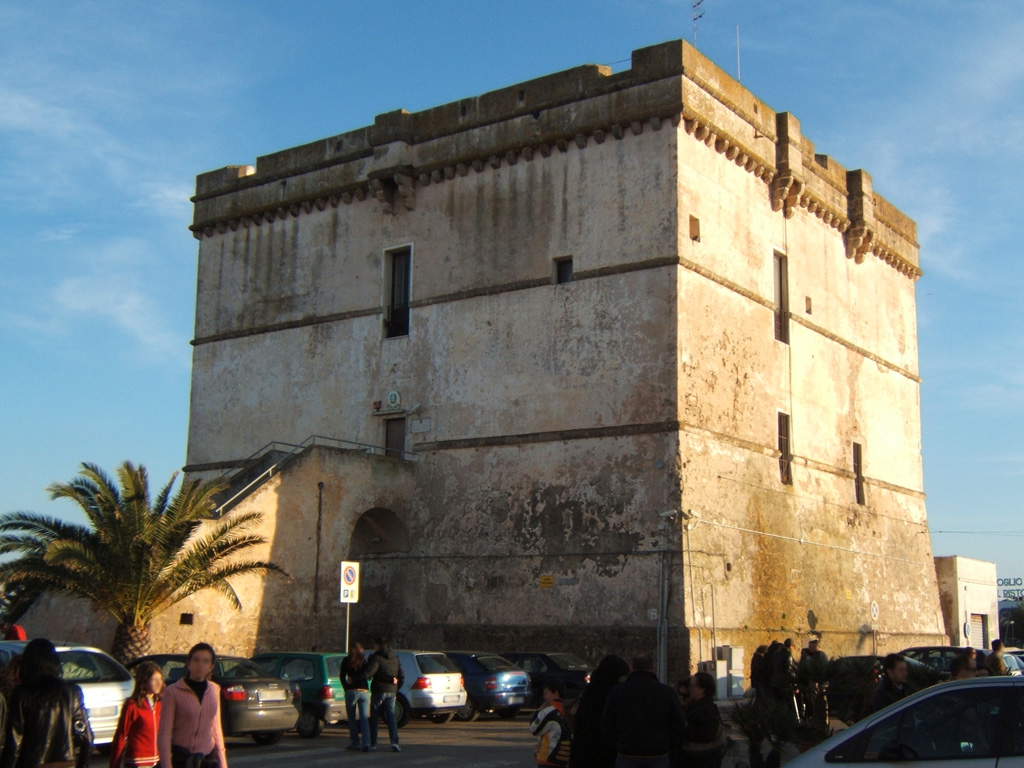
2. The Church of Our Lady of Perpetual Help
Just opposite the Caesarea Tower is another of Porto Cesareo’s most famous buildings: the church of Madonna del Perpetuo Soccorso. It is a church that is striking first and foremost for its simple gesture that harmonizes perfectly with its surroundings. The construction of the church of Madonna del Perpetuo Soccorso dates back to 1880 next to a chapel dedicated to Santa Cesarea dating back to 1639-1640 at the behest of the bishop of Nardò Michele Mautone, and it is now located in an absolutely barycentric position for the town: on the seafront and just a few steps from the Ionian Sea in which it overlooks and is reflected. The architectural lines of the Church of Our Lady of Perpetual Help are, as mentioned, essential it is located in front of the Cesarea Tower and was erected in 1880. The building appears as a church with typical Mediterranean colors and is located on the waterfront a few meters from the beautiful Ionian Sea. Inside, the church houses two papier-mâché statues: the statue of Saint Caesarea and that of Our Lady of Perpetual Help, the patron saint of the town.
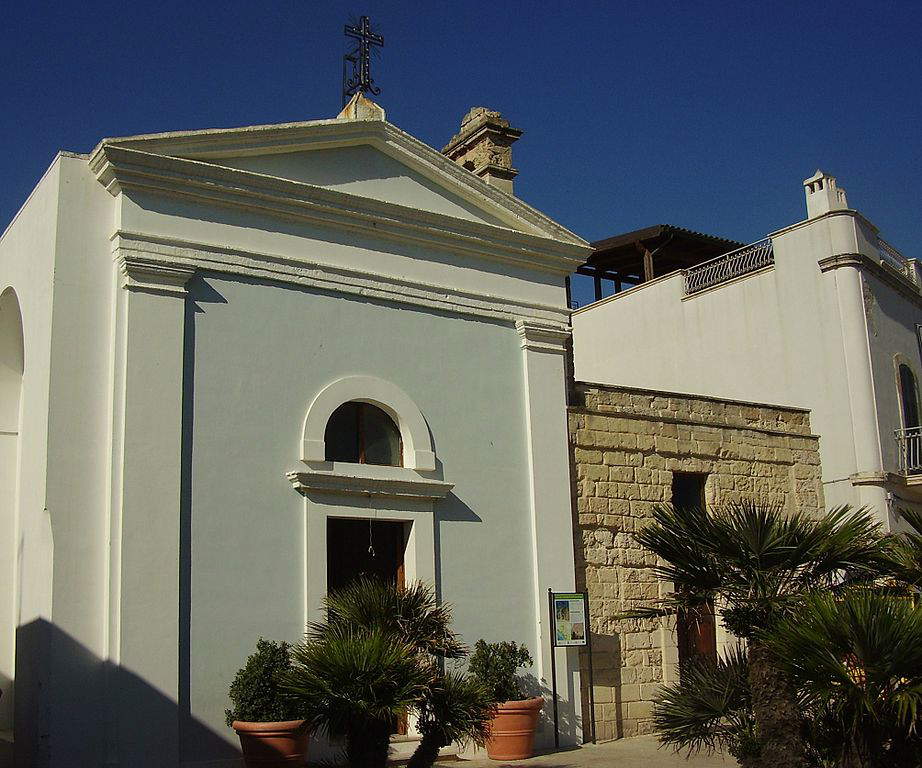
3. Furno’s Stopover
An enchanted place where nature is still the great protagonist, but also a treasure chest that has long guarded the secrets of these lands’ past. Furno’s Stopover is a very important archaeological site for the reconstruction of the people who passed through these lands over the millennia. The site was discovered in 1963 by Domenico Novembre, a lecturer at the University of Lecce, and since then many finds have been unearthed, including the remains of a Bronze Age human settlement, but also Mycenaean ceramics, remains of wild animal bones, two hearth-shaped sites, votive statuettes, bronzes, local pottery and much more. Today, however, in addition to taking this authentic journey back in time, one can also enjoy the breathtaking scenery. Priceless is the experience of relaxing on the beach of Primo Ponte, which ends with the rocky outcrop of Furno’s Stopover, famous for its golden sand and blue waters that contribute to the magic of a place where it is easy to let the mind go and think about the great history of this land.
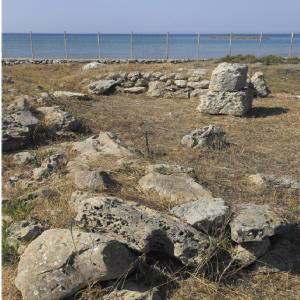
4. Torre Chianca
Sister to Caesarea Tower and Torre Lapillo, the 16th-century Torre Chianca is one of the largest of those on the Salento peninsula. Eighteen meters high and a little less than 16 meters wide, it is a truly imposing construction looming above the Ionian Sea. Around Torre Chianca over the centuries a marina has formed, a cluster of houses that has now become one of the most popular seaside destinations in the entire Salento region. Here you will find large sandy beaches, clean, crystal-clear water and lush Mediterranean scrub. The shallow and calm waters make this area very popular with families with children, but absolutely charming is also an excursion to a small islet, called ’Lu squeiu’ by the locals, which is located a few meters from the beach. In the immediate vicinity, diving enthusiasts can discover marble columns estimated to date back to the 2nd century BC. However, the Marina of Torre Chianca is above all one of the most popular destinations for water sports lovers, who can snorkel here freely, taking advantage of the perfect visibility of the seabed.
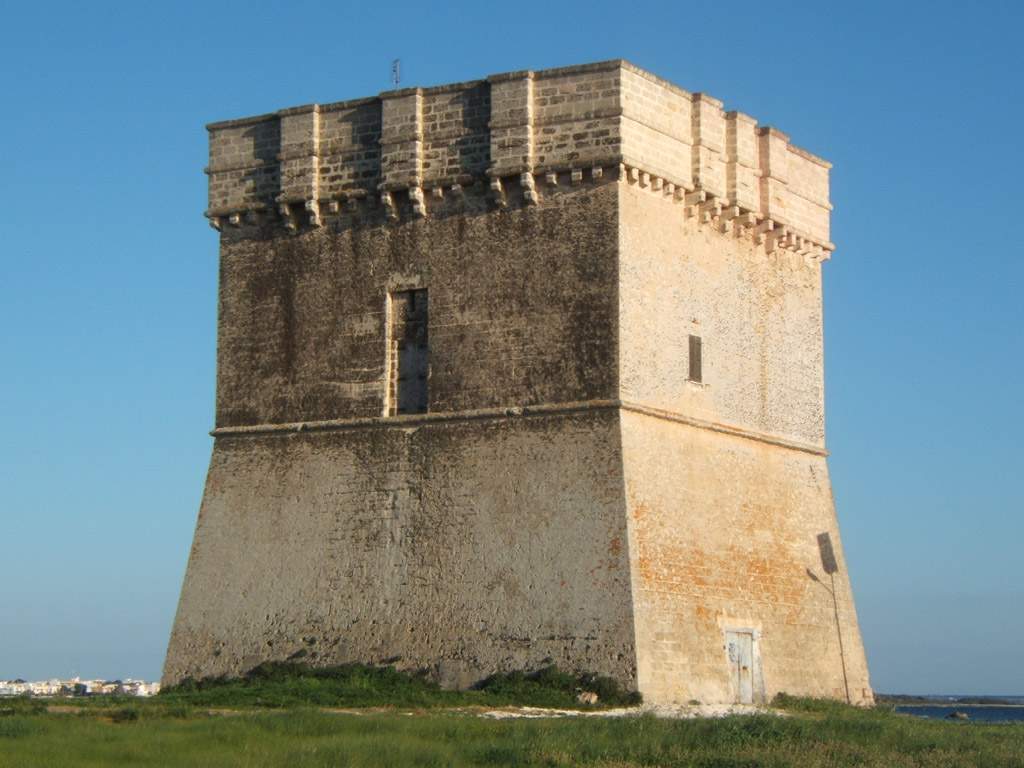
5. Beaches
When it comes to beaches and places to enjoy the splendid Salento sea in Porto Cesareo, you are truly spoiled for choice. Porto Cesareo beach. It is impossible, however, not to start with the one that is located in the center of the town and that offers everything you can look for in a vacation in these parts: very white sand, Mediterranean scrub and, crystal clear sea. Given its absolutely barycentric position, however, this last beach is often the first to be taken by storm by bathers, so if you are looking for a bit of tranquility the most handy solution is to reach, by boat or by swimming, the nearby Isola dei Conigli. This is an area of land detached from the Cesarean coast, but it too belongs to theProtected Marine Area of Porto Cesareo. Here there are no equipped lidos and one can enjoy contact with a wilder nature. Instead, under the 16th-century Torre Chianca is a beach ideal for families and water sports lovers, while around another watchtower, Torre Lapillo, most of the establishments are concentrated. Finally, it is impossible to leave Porto Cesareo without a visit to Punta Prosciutto, one of the most beautiful places in the entire Salento. It is an authentic corner of paradise, characterized by a long and wide tongue of the finest sand that recalls exotic panoramas.
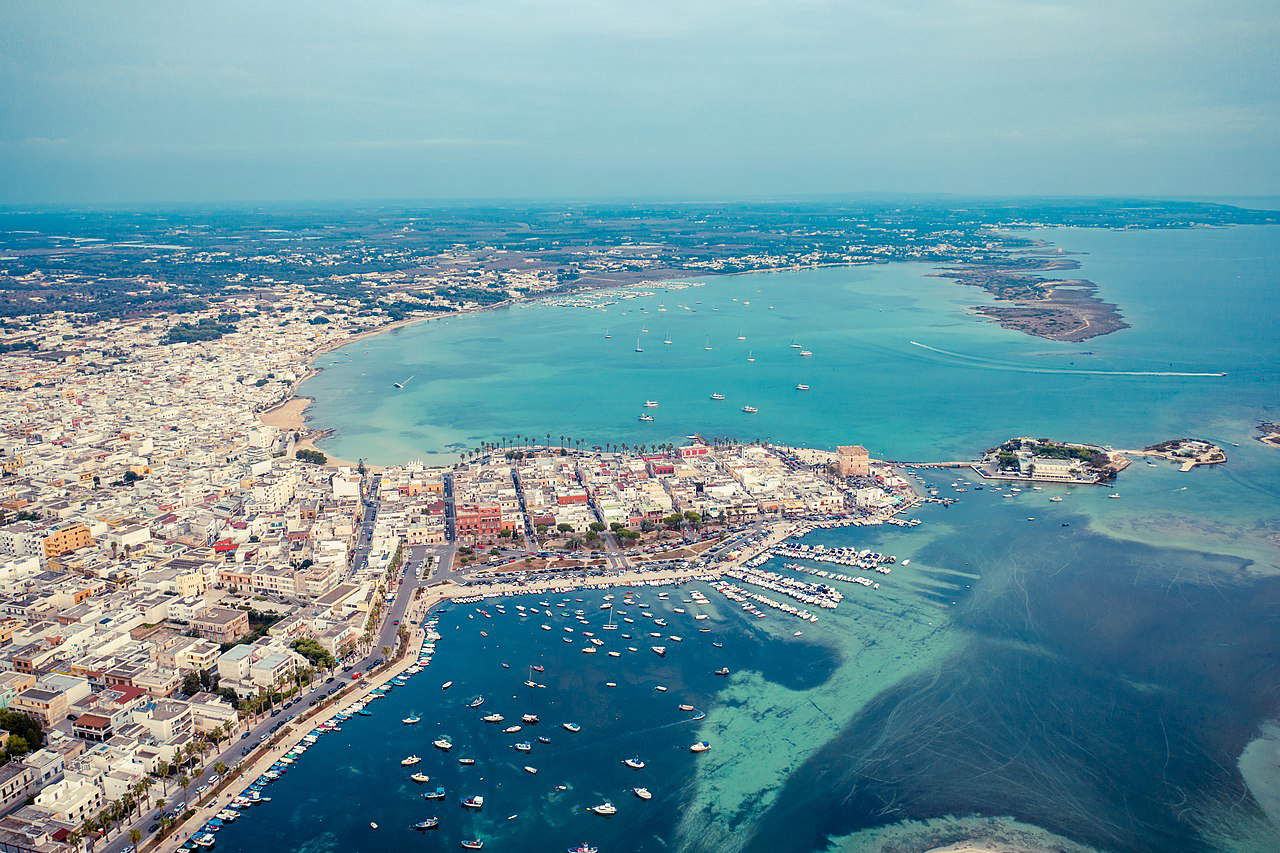
 |
| Porto Cesareo, what to see: 5 places not to miss between sea and history |
Warning: the translation into English of the original Italian article was created using automatic tools. We undertake to review all articles, but we do not guarantee the total absence of inaccuracies in the translation due to the program. You can find the original by clicking on the ITA button. If you find any mistake,please contact us.



























